Japanese Barberry
About Japanese Barberry
A deciduous shrub from Japan, Japanese barberry (Berberis thunbergii) can grow up to 6 feet tall. It has red berries, small teardrop-shaped leaves, and thorny twigs, and was introduced for landscaping, often planted as a barrier hedge.
The Problem
Birds and small mammals disperse its fruit; it invades fields, field edges, and forests, displacing native plants.
The Solution
Small plants can be hand pulled, but be sure to use thick gloves because of the sharp thorns. Systemic herbicides are effective when applied as a foliar spray or to freshly cut stumps. Barberry may grow in wetlands, where removal activities may be subject to the Massachusetts Wetlands Protection Act; anyone planning such work should check with the local conservation commission. Always read and follow the directions on the label when using herbicide. In wetlands, only apply herbicides registered for use in those areas.
Pictures of Japanese Barberry
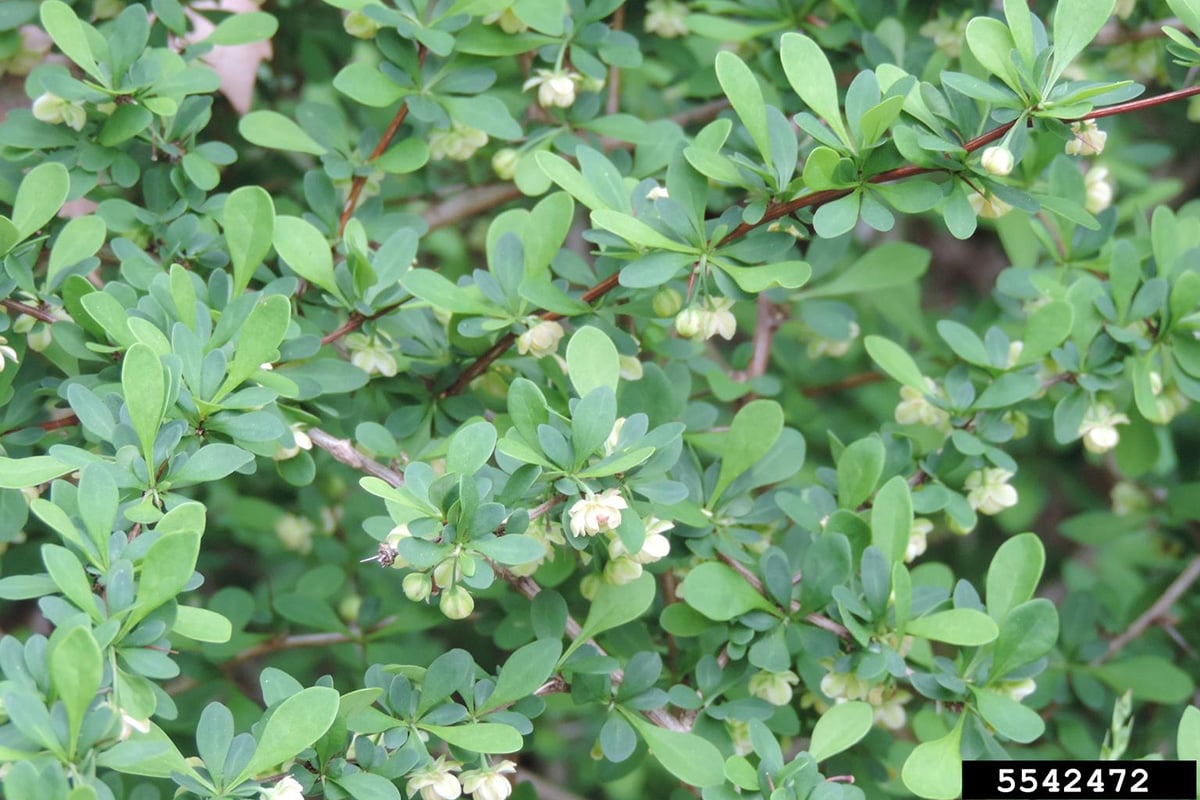
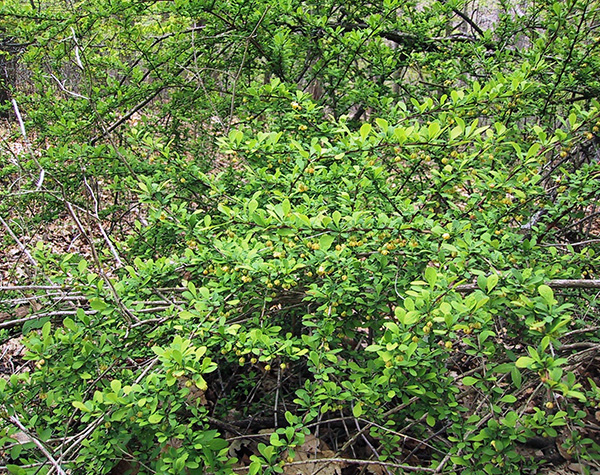
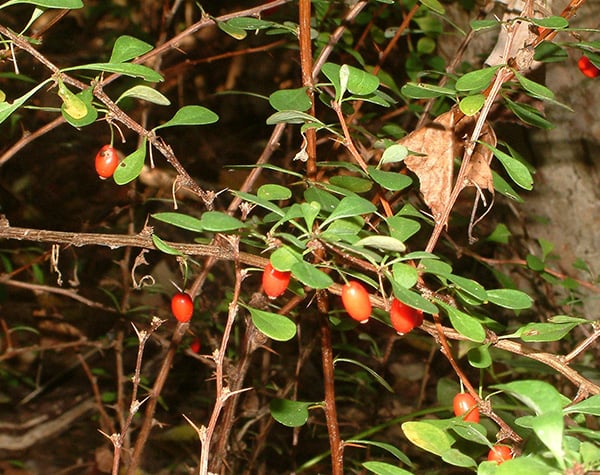
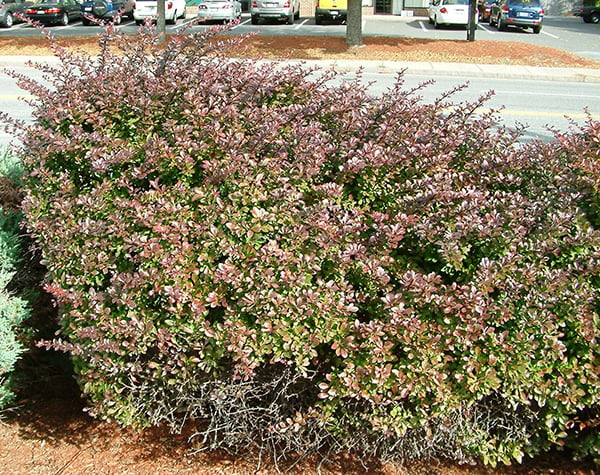
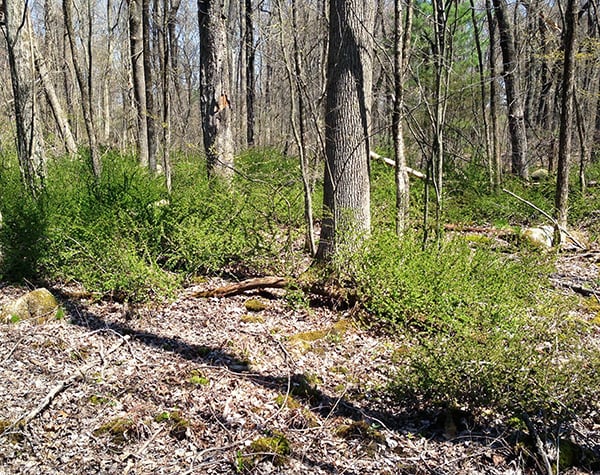
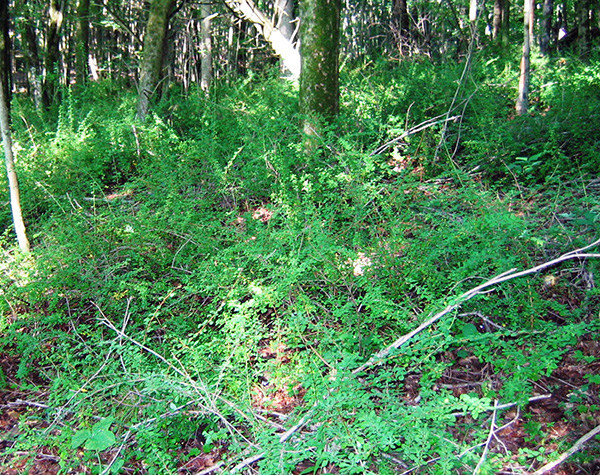
Stay Connected
Don't miss a beat on all the ways you can get outdoors, celebrate nature, and get involved.


